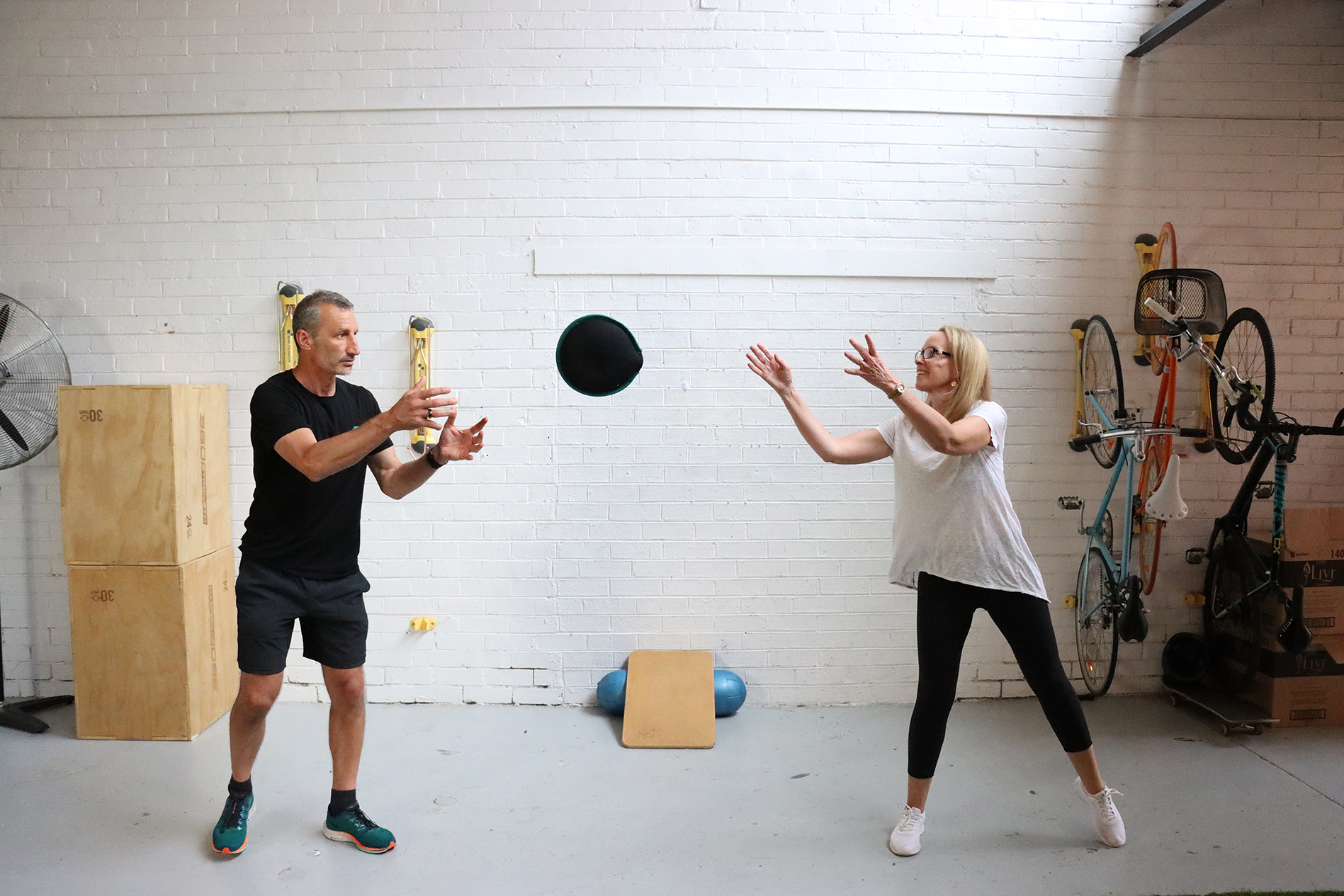And then there’s Antifragility – The beauty of Randomness in Training and Rehab.
If resilience is resistance change, what is beyond resilience? Is there a possibility of not only resisting negative change, but creating positive adaptation out of stress or adversity.
Nassim Nicholas Taleb first introduced us to the concept of Antifragility in his 2012 book ‘Antifragile’. While this book concentrated its message around economics and the absurdities of money markets, he performed a solid job of introducing the possibility of translating this concept to health, medicine and, with an imaginative nudge, extrapolating even further to exercise-based rehabilitation. As Taleb discovered in his research, there is no antonym for ‘Fragile’ in the English language. Hence his creation of the term Antifragile.
Taleb’s central idea is underpinned by the notion that Fragility and Anti-Fragility can be considered degrees on a spectrum. This gives rise to the idea that with consistent training or sedentary behaviour, we can move up and down the spectrum. In the presence of injury or illness, our instincts are often to ‘overprotect’, we consequently under prepare through inactivity and slide down the spectrum towards fragility. We refer to this as ‘fear-avoidant’ behaviour. When we don’t do something because we think it might hurt, we’re actively erasing motor patterns, shrinking our movement vocabulary and racing towards dysfunction.

This is not dissimilar from ‘helicopter parents’ sparing their child from any and every stressor. It can only end badly the first time the child experiences a difficult situation without a parent around as they have no skills to call on. Likewise, if you have avoided walking at every opportunity, how do you function the next time your car breaks down? Hence, choosing to make our lives easier in the short-term can actually end up hurting us more than putting up with a little discomfort to maintain our functional abilities.
The best characteristic of Antifragility (as opposed to resilience or fitness for that matter) is that it is not domain dependent. Anyone who has been around a gym has seen the big beefy types loading extraordinary amounts of weight onto a bar as they strive for an aesthetic goal. But what relevance does this have in the face of preventing injury from performing everyday tasks. Some would argue that a history of this type of training might actually make you more susceptible to injury as you are more prone to overestimating your capabilities and adopting a lazy technique in the absence of perceived threat. (Fear not beefy types, we have seen this all too often and we are practiced at playing a role in picking up the pieces).
This begs the question, how do we train Antifragility?
Put simply, our bodies rely on random movement and loading variability to preserve Antifragility. As celebrated Australian biomechanist Tim Gabbett established ‘ . . . it’s not the load that breaks us down, it’s the load we’re not prepared for’. So how can we be prepared for any variability if we repeatedly perform the same 4-8 exercises week in, week out with the only difference being increased loading?
We can’t.
Training Antifragility is about seeking out the variables. A great movement coach (Exercise Physiologist or not) will help you explore the infinite variability of movement, whether it be something as simple as performing a squat with one foot on a block, or challenging your balance while catching a medicine ball. Or they can make things far more complex as your skills and adaptability develop. In practical terms, this means you are less reliant on the perfect gym environment to perform a ‘safe’ movement. You could be kicking a ball in slippery mud, stepping onto a boat, hammering in a stubborn nail while standing on a ladder, it doesn’t matter when Antifragility is your foundation.


